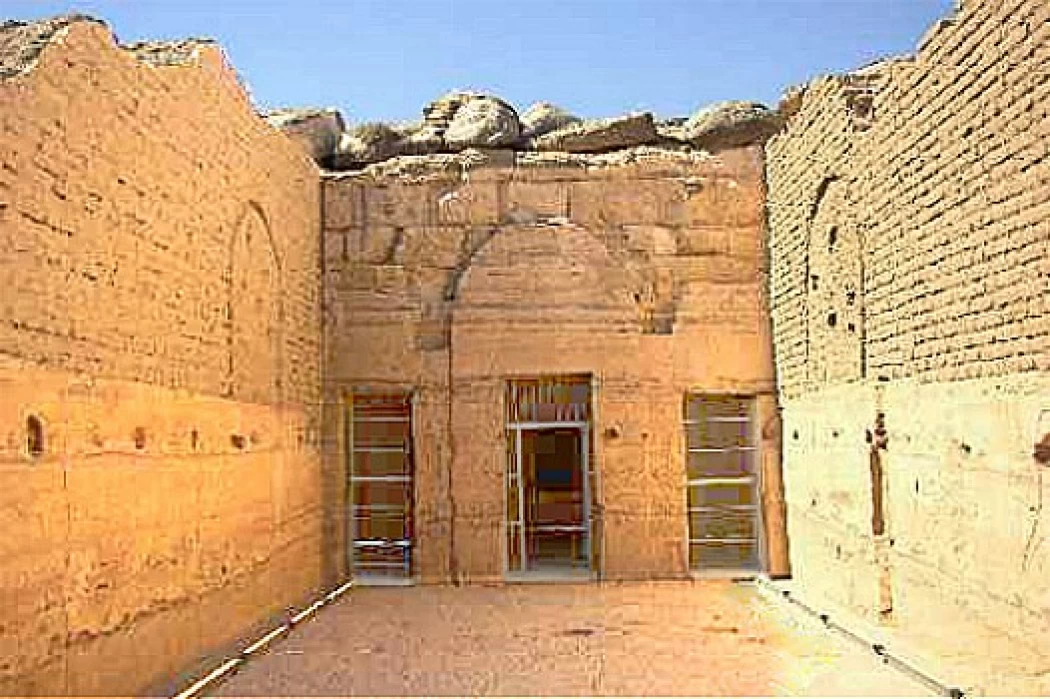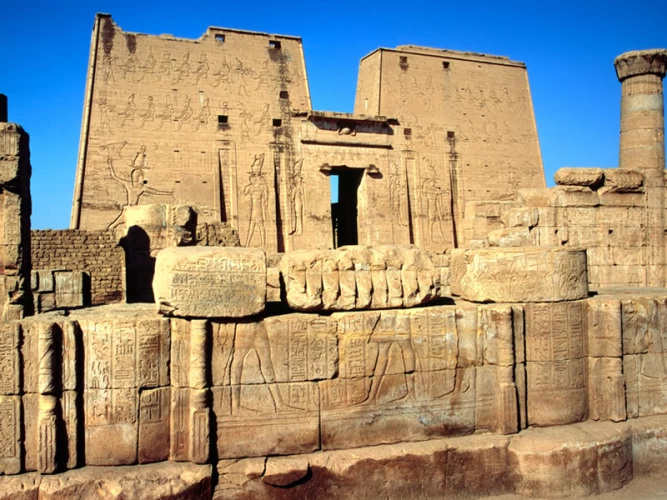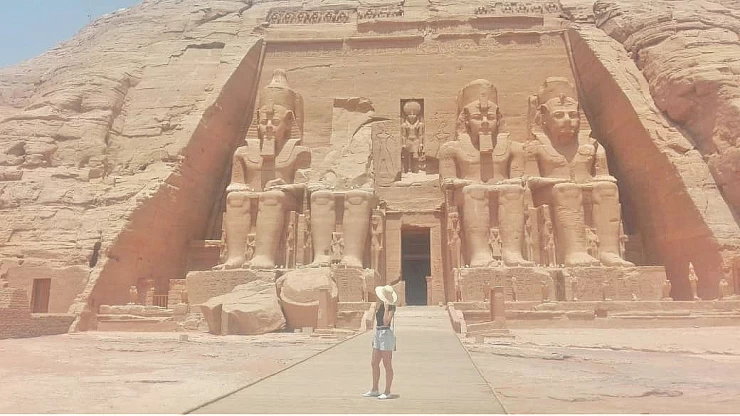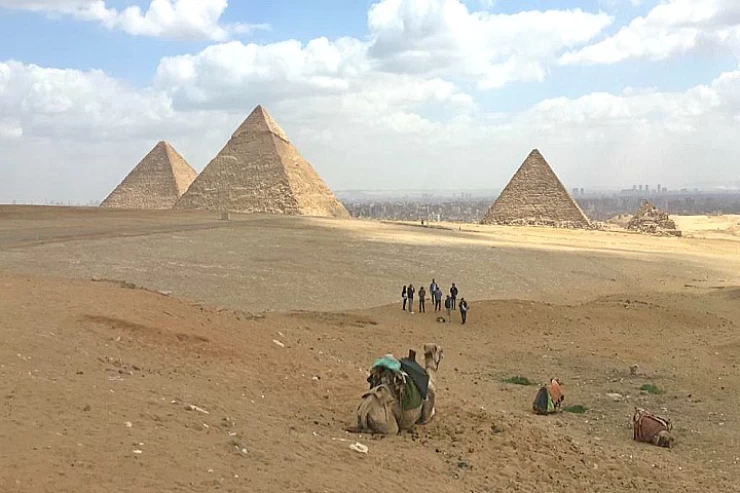
The Temple of Beit El-Wali
The Temple of Beit El-Wali
King Ramesses had his own strategy to control the land and protect it from the struggles of enemies, so he built a lot of temples in Nubian land like the temple of Beit El-Wali the most famous one of these temples is Abu Simble
Beit El-Wali Is a beautiful temple in Egypt but the less-visited temple of Ancient Egypt. It is located about 55 kilometers south of Aswan in the lands of Nubia. it was built by King Ramesses II The temple was dedicated to the worship of the god Amun and the god Khnum.

God Amun Ra
Temples of king Ramesses II
It was relocated after the construction of the Aswan High Dam in the 1960s. The fascinating Temple of Abu Simbel and the Temple of Philae was also relocated along with the Temple of Beit El Wali to another place that is higher than its original location to avoid damage from the water of the Nile.
The temple had been carved into the rock, and the Temple of Beit El Wali was constructed by Ramses II in Nubia as proof of his strong control over the area. Still, carvings and decorations of the temple are still preserved, it was cut inside the sand rocks of the mountains of Nubia.
The structure of the Temple of Beit El Wali was modified at the beginning of the Christian period, the temple was named "Beit El Wali" or "the Temple of the pious leader" as it served as a house for Christian leaders for a long period of time when the Copts of Egypt escaped of the Romans and fled to southern Egypt.
The Temple of Beit El Wali is included in most itineraries for Nile Cruises sailing from Aswan to Lake Nasser or vice versa as it is located near the Temple of Kalabsha and the Kiosk of Qertassi.
The Temple of Beit El Wali is one of the most outstanding monuments in Aswan, so it is one of the most recommended places to visit in Egypt.

















